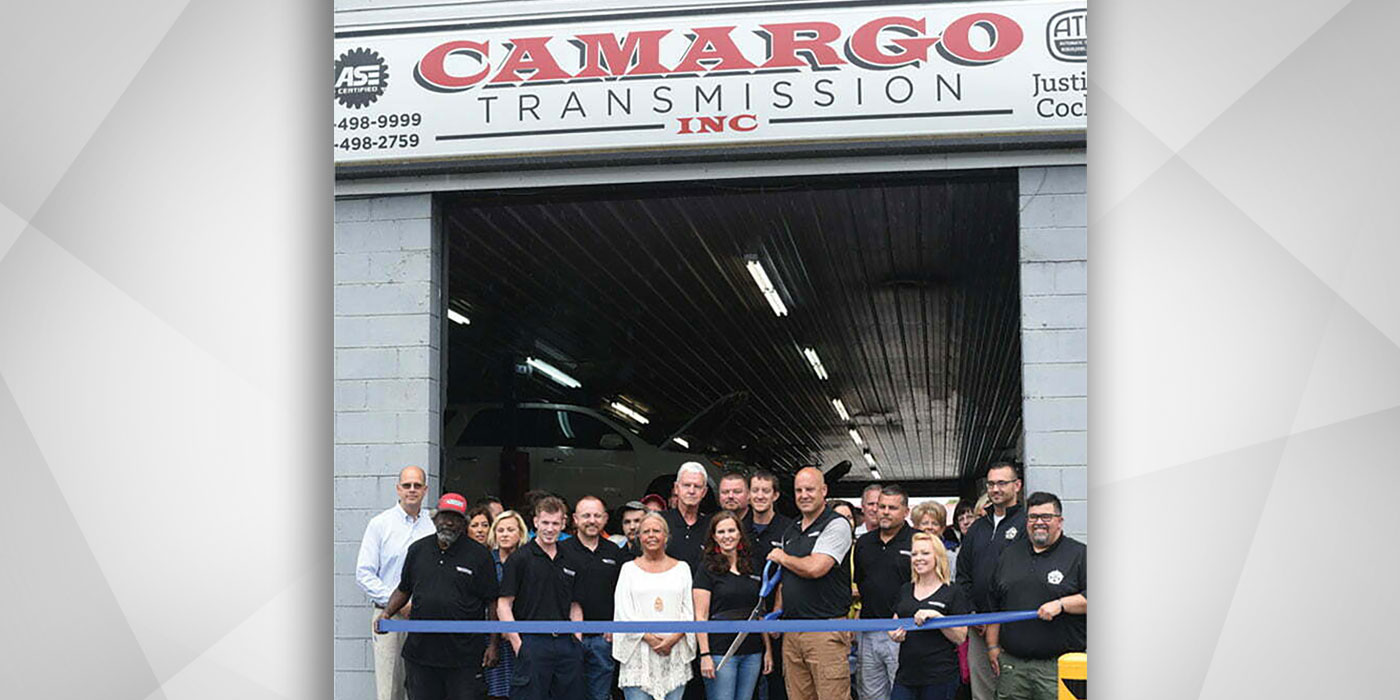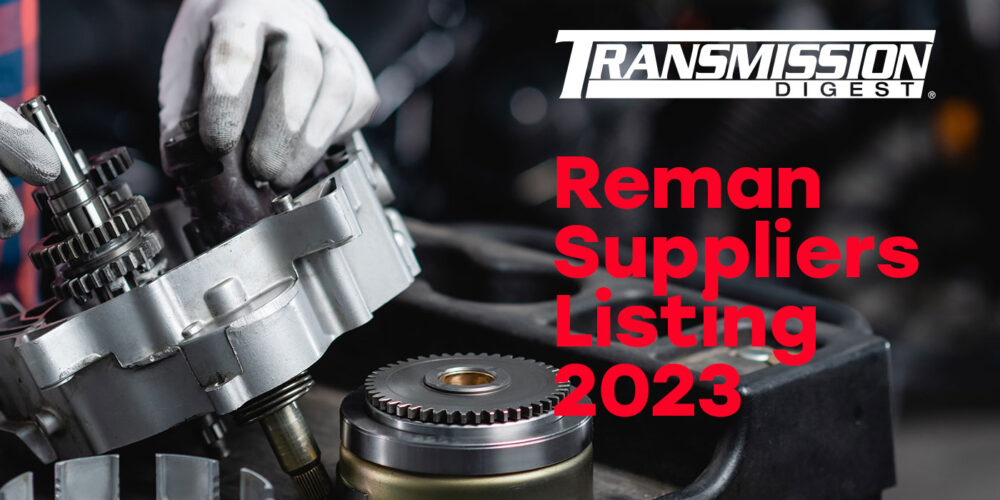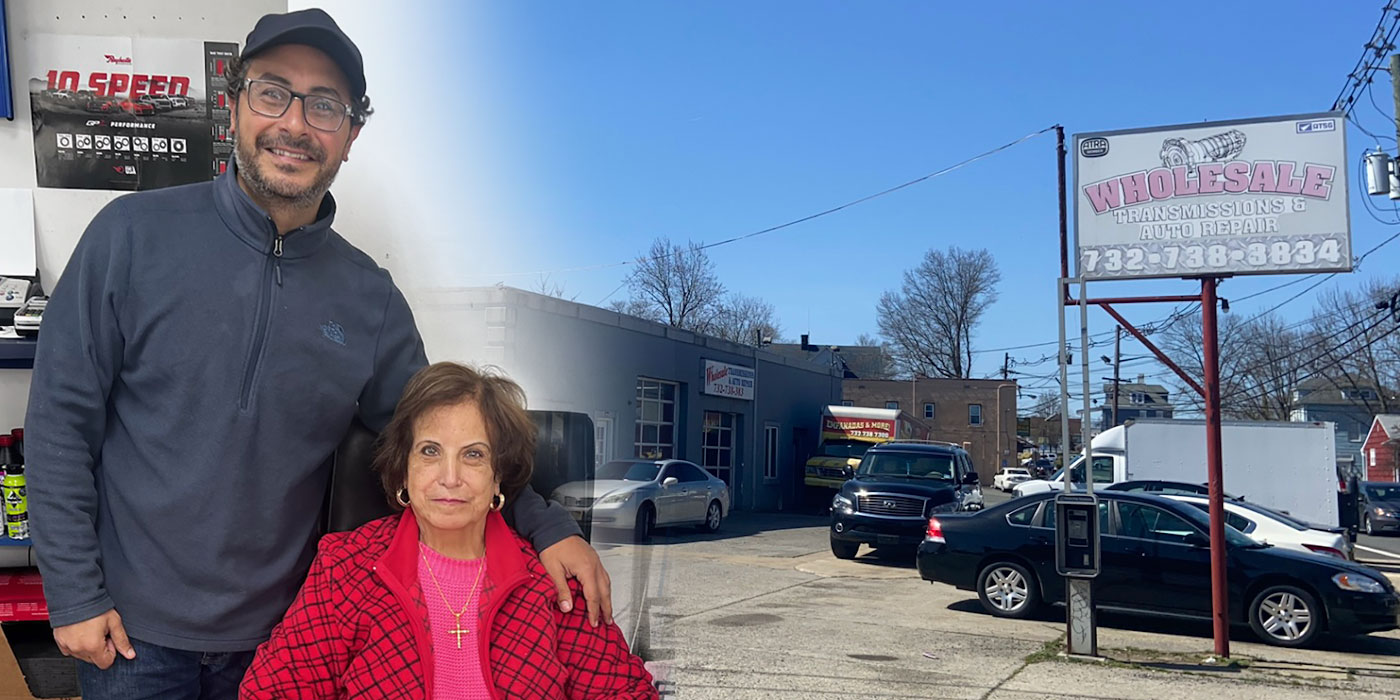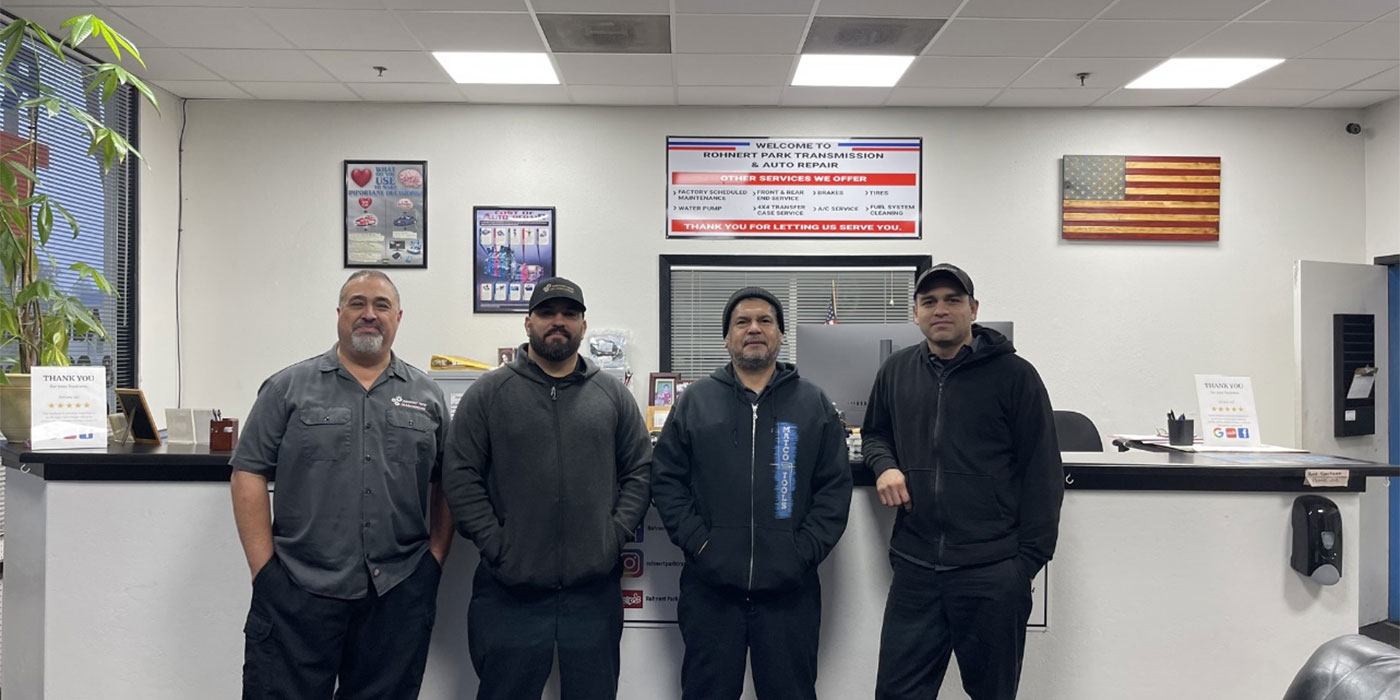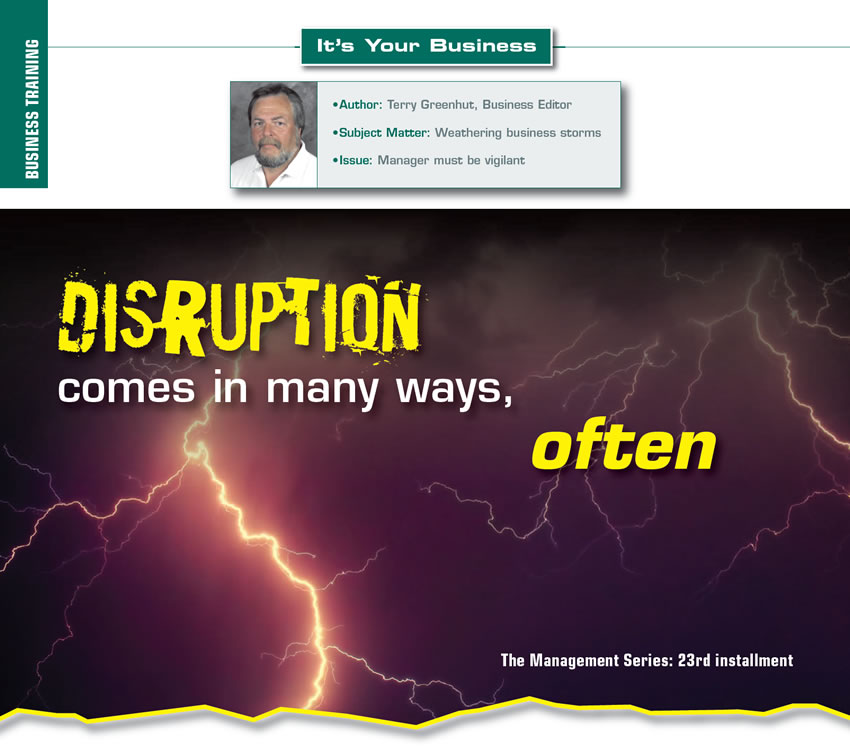
It’s Your Business
- Author: Terry Greenhut, Business Editor
- Subject Matter: Weathering business storms
- Issue: Manager must be vigilant
The Management Series: 23rd installment
Disruption only happens to the other guy.
No it doesn’t.
It happens to all of us over and over again. In fact, disruption is the norm for our business. We should be so used to it by now that we have to feel like something is wrong any time things are going too smoothly.
Most of us accept that we have to adapt to whatever is thrown at us and we make changes accordingly and often rather quickly. There are some, however, who will stick staunchly to the way they’ve been doing things for many years whether it’s right or wrong and no matter how costly it may become.
Situations change, the economy ebbs and flows, vehicles change and along with that the way they are serviced and repaired changes. Even customers change, but the one thing about them that doesn’t is that no one in their right mind wants to pay anything to have a transmission repaired. They’ve always been that way and I dare say, will continue to be.
Disruption can take many forms. It can be a valued employee quitting, an overwhelming number of customers to handle all at once, unexpected bills that need to be paid right away, a natural disaster, or even a low-ball competitor opening up down the street.
Whatever the disruption might be, you always have at least two ways to handle it; you can either bury your head in the sand and pretend the problem doesn’t exist, or you can face it head on. “Damn the torpedoes; full speed ahead.” That’s the only way it makes sense for me to handle problems. Any time I ever tried in the early years to ignore a problem or postpone it the result was never good or satisfying. All that ever led to was thinking and worrying about it for way too long, making it further disrupt all other aspects of the business. I found out by facing up to issues immediately that nothing is ever really that bad, so we need to get it handled and then move on to the next thing because there is always a next thing.
Comebacks: why?
One of the best examples of disruption and how we handle it is our old nemesis, “The Comeback.” The shop can be rolling along well, everything pretty much on schedule, everything working, and then all of a sudden it hits: that string of comebacks that never leaves and just won’t seem to end. A minor comeback is tolerable, even the occasional major one can be dealt with, but when they keep coming one after another the chaos that ensues is devastating. First it makes us begin to question everything. We want a concrete answer.
- Is it the parts I’m buying?
- Is it my techs not being trained sufficiently?
- Is it me pushing too hard?
- Or not paying enough attention?
- What in the world is going on here?
- Why all of a sudden?

Unfortunately I never stumbled upon an answer to the entire problem, and I doubt that anyone else has either. Sure, sometimes you get a bad part and once in a while a rebuilder puts something in backwards, or an installer leaves a bolt or a cooling line loose, but that doesn’t explain why you haven’t seen a comeback of any kind in six weeks and now, all of a sudden, that’s mostly all you have, one after another.
There may be an explanation for this phenomena, but I don’t know that we ever get it while we’re here on earth. It may be one of those questions you put on your list to ask at the “Pearly Gates” when you someday arrive there. I have a lot of those kinds of questions on my list. Of course there is one way you could have caused all those comebacks. You could have made the off-handed comment to one of your employees, “Wow, we haven’t had any comebacks lately!” That will bring them faster than anything.
I found that there was usually an upside to my comeback issues if they came at a time when the shop had been a little slow. They were a trigger. As soon as the torrent would begin we would also get super busy with new, pay work. I don’t know, maybe it was just a test to see how I would handle all of it. My way to deal with it was to take in all the new work, but warn customers that it might take a little extra time. I always wanted to take care of the comebacks first, feeling I had an obligation to the people who had already paid to have the job done right. I would then get involved with every comeback, often physically, to make certain the job went out right this time because we definitely didn’t want to waste any more time redoing it again.
The chaos subsided and the world started spinning on its axis again as the comebacks and pay work got done. I think the key to surviving the crisis is to forget about all the money you are losing and just focus on making it all come out right for your customers. That’s what pays off in the long run.
Procedures, comfort zones
A good friend and fellow consultant recently told me a story about a shop he had been helping. He had done a great job of setting up their marketing and advertising so the phone was ringing a lot more than it had been. The service writer would book appointments based on how long he thought each job would take. When he felt like the schedule was full he wouldn’t take any more appointments for that day even if the customer needed something done in a big hurry due to some extenuating circumstance. He would just say, “No. I can’t get you in today.”
Apparently this service writer felt he was being pushed out of his comfort zone by having to squeeze in additional appointments so he simply turned them down if he couldn’t get the customer to take one on another day.
The owner, I was told, condoned the service writer’s actions because that was the way it had always been done and to force another way might have put the employee into overwhelm and make him want to leave. Of course my instant response was, “Teach him how to handle the chaos, and if he can’t or won’t, let him leave and replace him with someone who can.”
I remember in my own shop when we got crazy busy my manager would come to me and say, “Hey boss, I don’t know what to do with all these cars. I don’t know if or when we’ll get them done. I don’t even have any place to park them anymore.” I would tell him, “Park them down the street behind the Holiday Inn. The owner there doesn’t mind. Then bring them in one at a time and get them done. If you don’t have to see all those cars every time you look outside, you won’t be so overwhelmed. Just make sure you keep in touch with the customers whose cars are not getting done right away and if you need to, help them make other transportation arrangements.”
While we understand that most people don’t like change, often in business it’s necessary. While it’s a little rough at first, we adapt and go on. When a consultant is brought in to increase business and he or she finds ways to make that happen, the shop and everyone in it have to set up to accommodate the extra work otherwise the entire exercise of bringing in the consultant has been for nothing – just a big waste of time and money.

Owner must act
I’ve witnessed it myself on several occasions; a shop owner hires me to come in, find out what’s wrong with the business, and recommend or see through the necessary changes. Only trouble is that even though the owner recognizes the problems and the changes that need to be made he or she might either not be willing to make the changes or make a half-hearted attempt at it but then give up shortly thereafter and revert to whatever way they were doing things before, even if the new way was working and profitable, because the old way was just easier. If you want easy, you’re in the wrong business, not that any business is easy but this is one of the tougher ones. Our product is really someone else’s that we are trying to repair or make better, we always have competitors who say they can do it for less, we may feel like we are buying the best parts, but we really don’t have any control over the way they are being manufactured and we have employees who we can train but we can’t live in their heads. It’s our job as owners or managers to ride herd on the entire shooting match constantly with no let-up ever.
Never gets easier
If anyone ever tells you this business gets easier the longer you are in it, just smile and walk away. It never gets easier and anyone who ever thought so no doubt found out the reality of it the hard way. This business has to be watched continually. It has to be managed by an owner with such a strong commitment to success that he or she puts everything they have into it for the next 25 or more years that it will hopefully be there. In its truest sense the phrase, “You only get out of it what you put into it,” applies. You can’t hire someone to run it and just walk away because nobody will invest oneself that completely in a business they don’t own. You could take in a partner, but that person needs to have a large enough monetary investment that he or she can’t easily walk away or let the business go downhill. It has to be someone who will put in at least the same amount of energy and labor as you do, and most important, it needs to be a person whose goals and the means of reaching them coincide with yours because constantly butting heads doesn’t lead to forward movement, only to daily aggravation and possibly failure.
Some years ago I was called in to consult for a partnership that had been in existence for several years, through a time in our business when you could trip over yourself and somehow make money just because there was so much work to be had and a lot fewer shops with which to compete.
I was told that they weren’t happy with the way things were going and would be open to change. As it turned out, one was and the other wanted nothing more than to keep just about everything the way it was and hope for a miracle that would turn it all around. These two gentlemen didn’t fight, they didn’t even argue. One would say, “Let’s try this.” The other one would say, “Go ahead if you want to,” and then slowly pick the change apart to a point where it couldn’t possibly work anymore. He just couldn’t handle the disruption that changed caused.
I would never ask anyone to change their entire business philosophy. Honesty, integrity and a passion for turning out the best possible product should always be the basis on which an automotive shop is built, but with the world around us constantly changing, our methods of repairing vehicles and dealing with a tumultuous business environment often need to be updated, and fighting it only makes it take longer to reach and maintain our goals.





